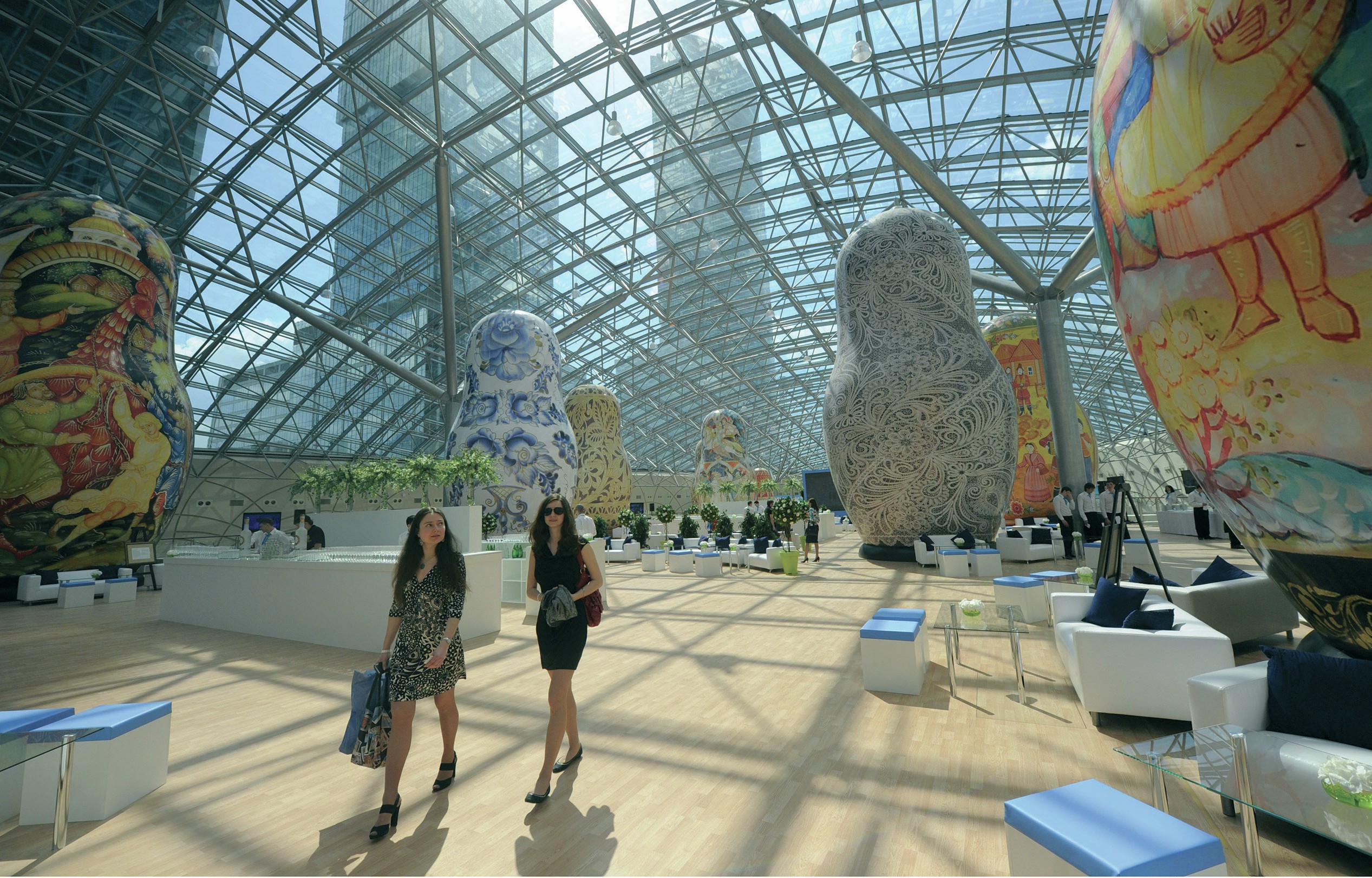
For much of the twentieth century Russia was part of the USSR — acommunist country with a state planned economy. Moscow, along with the rest of the USSR, was therefore removed from the world economy and seen by the West as somehow competing with capitalist countries and the USA in particular. Since the collapse of the USSR in 1991 Russia has become an independent state and has developed a capitalist economy similar to that of Western nations such as the UK and the USA.
With the changing political and economic situation there has been an attempt to establish Moscow as a global city with a place in the world market, similar to London or New York. This has not been a simple transition but has had a range of impacts, including urban change and inequalities for some. One way in which the transition can be explored is by looking at housing regeneration in Moscow.
Your organisation does not have access to this article.
Sign up today to give your students the edge they need to achieve their best grades with subject expertise
Subscribe




